- Empty cart.
- Continue Shopping
Mangifera Pajang
Original price was: ₹5,980.00.₹3,880.00Current price is: ₹3,880.00.
Genus : Mangifera
Delight in the enchanting Mangifera Pajang Fruit Plant. With its delectable fruits and striking appearance, this plant adds a touch of exotic beauty to any garden. The Mangifera Pajang fruits are renowned for their rich flavor and smooth texture, making them a favorite among fruit enthusiasts. Don’t miss the chance to cultivate this extraordinary plant and savor its delightful harvest.
Mangifera pajang, also known as the Borneo mango or bambangan, is a tropical fruit tree that is native to Borneo and other parts of Southeast Asia. It is a member of the mango family, and its fruit is highly valued for its unique and delicious flavor.
The Mangifera pajang tree is a medium-sized tree that can grow up to 25 meters tall. The leaves are large and leathery, and the flowers are small and yellow or cream-colored. The fruit of the Mangifera pajang tree is roughly spherical and grows to about 6-10 cm in diameter. It has a hard, woody outer shell that must be cracked open to access the soft, fleshy pulp inside. The pulp is usually yellow or orange in color and has a sour, tangy flavor with hints of resin or turpentine.
The Mangifera pajang plant is relatively easy to grow and maintain, and is well-adapted to tropical and subtropical climates. It prefers well-drained soils and full sun exposure, and can be propagated from seeds or cuttings. The fruit is typically harvested when it is fully ripe, which is indicated by a slight softening of the flesh and a yellowing of the skin.
In addition to its culinary uses, the Mangifera pajang fruit has a variety of traditional medicinal uses in Borneo and other parts of Southeast Asia. The bark, leaves, and fruit have been used to treat a variety of ailments, including diarrhea, fever, and respiratory infections.
Overall, the Mangifera pajang fruit plant is an important cultural and culinary resource in Southeast Asia, valued for its unique and delicious flavor, as well as its traditional medicinal uses. It is also gaining attention among fruit enthusiasts as a lesser-known tropical fruit with great potential for cultivation and commercializatio

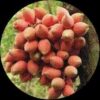


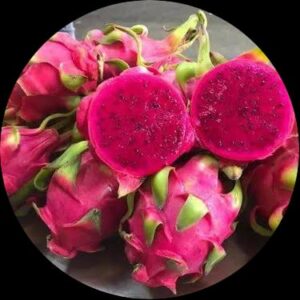
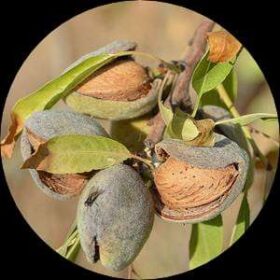
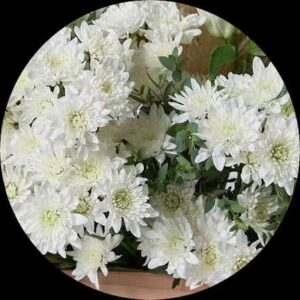
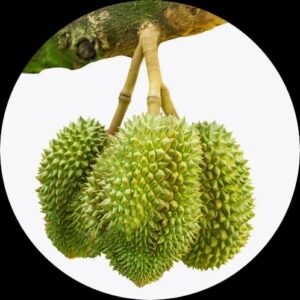

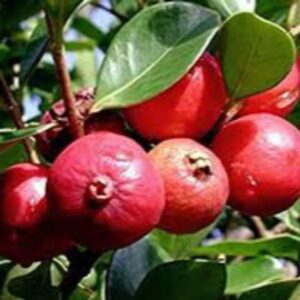
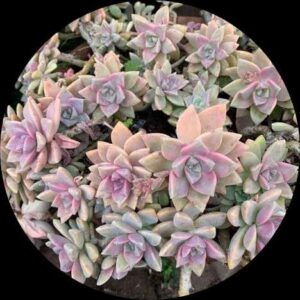

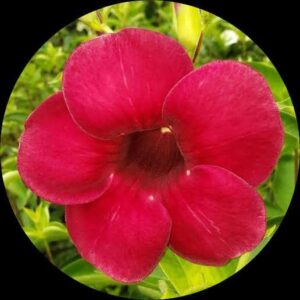
Reviews
There are no reviews yet.